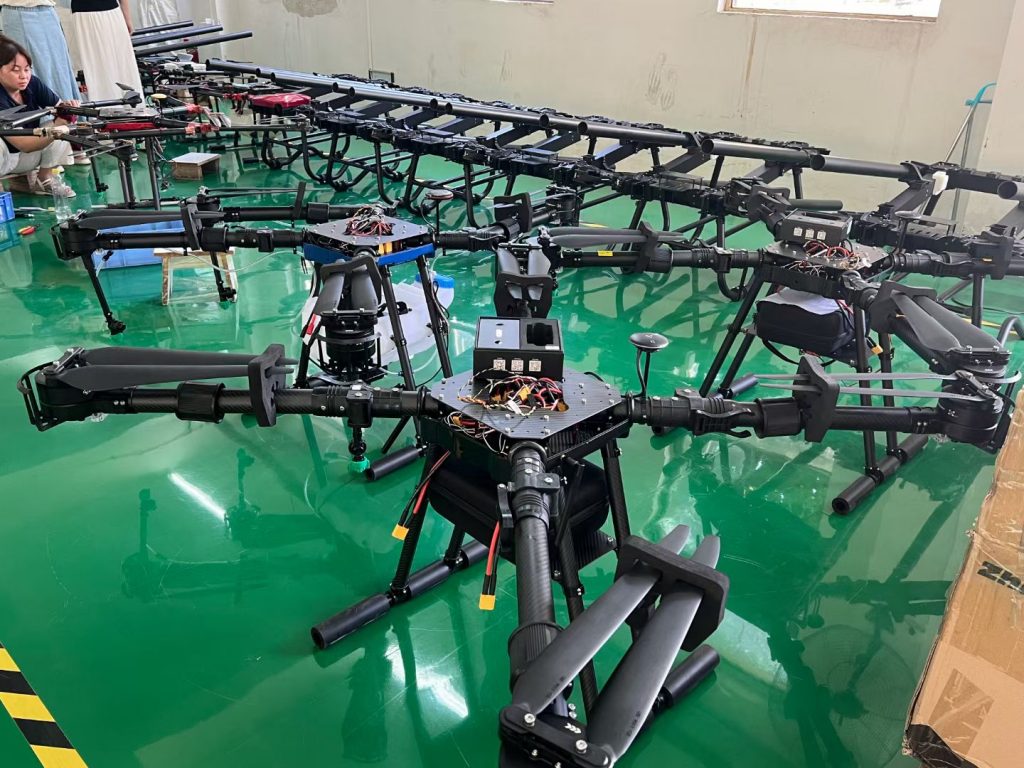
Fields of Change: How Chinese Agri-Drones Are Taking Root in Ireland’s Green Heart
Ireland’s countryside hums with an age-old rhythm—the bleat of sheep on misty hills, the low moo of dairy cows in emerald pastures, and the rattle of old tractors chugging along narrow boreens (country lanes). This is a land where farming isn’t just a job; it’s woven into the soul of communities, from County Kerry’s rugged coastlines to Ulster’s fertile plains. Yet beneath the postcard-perfect scenery, Ireland’s farmers face a quiet crisis. An aging workforce (over 40% are over 55), a decade-long struggle to attract young people back to the land, and mounting pressure to farm smarter—not harder—to meet EU sustainability targets and feed a growing population. It’s here, amid the damp soil and rolling green, that an unlikely ally has begun to soar: agricultural drones imported from China, now gliding over Irish fields to bridge the gap between tradition and the future.
Ireland’s Farms: Green Dreams, Hard Realities
Irish agriculture is steeped in tradition—but tradition, at times, weighs heavy. Take Michael O’Sullivan, a fourth-generation dairy farmer in County Cork. His family milks 120 cows on 80 hectares, a patchwork of pasture and silage fields crisscrossed by stone walls built by his great-grandfather. “Farming here is love and labor,” he says, boots caked in mud after morning milking. “But lately? It’s exhausting. Finding help is near impossible—young folks want office jobs, not mucking out stalls at 6 a.m. And the weather… last winter, the rains turned our silage fields to soup. Spraying fertilizer by hand? Took three days. By then, half the nutrients washed away.”
Michael’s story is common. Ireland’s farms are small by global standards (average 32 hectares), fragmented by stone walls and boggy terrain that chews up tractors. Meanwhile, EU regulations demand sharper cuts in pesticide use and tighter controls on nutrient runoff into rivers like the River Shannon. “We’re being asked to produce more with less,” adds Fiona Healy, who runs a sheep farm in the Wicklow Mountains. “But how? My hands are full just keeping track of 500 ewes across these hills. A sick lamb can go unnoticed for hours—and by then, it’s often too late.”
Climate change is compounding these strains. Warmer winters bring earlier grass growth, but heavier spring rains drown newborn lambs. Summers are hotter, stressing pastures, while invasive weeds like Japanese knotweed creep into fields, outcompeting native grasses. “We need tools that work with the land, not against it,” Michael insists. “Something that lets us farm smarter, not wear ourselves out.”
Drones Forged for Ireland’s Weather and Ways
When we first considered exporting to Ireland, we didn’t just ship off-the-shelf drones. We studied the land: its relentless rain, the way stone walls snake across fields, and the quiet resilience of its farmers. What emerged was a machine built not just for Ireland’s climate, but for its culture of meitheal—community teamwork—and pride in doing things well.
Built to brave the rain: Ireland averages 150 rainy days a year. Our drones feature sealed motors, corrosion-resistant coatings, and IP67-rated batteries—tested in simulated downpours to ensure they keep flying when tractors stall and boots squelch. “Last winter, I thought this thing would short out,” Michael laughs. “But after spraying silage fields in a drencher? It fired right back up. Dried off, charged, and ready for the next day.”
Gentle on the land, tough on tasks: Multispectral sensors map pasture health at the blade level, flagging overgrazed areas or nutrient-poor patches. For Fiona’s sheep farm, this means identifying which hillsides need reseeding before lambing season. “The drone shows me where the grass is thin,” she says. “Now I move the flock strategically—no more overgrazing the same patches year after year. The land’s recovering, and my sheep are fatter.”
Simple enough for your grandfather, powerful enough for your grandson: Many Irish farmers are tech-curious but wary of complexity. We designed a user-friendly interface with Gaelic and English options, paired it with in-person training at local community centers (over boxty pancakes and strong tea), and assigned Irish-speaking technicians for on-call support. “I was scared of drones at first,” admits 19-year-old Eoin, Michael’s nephew, who recently returned to the farm. “But after the training? I flew one myself. It’s like using a video game controller—but for real life. Now I’m teaching my da [dad] how to read the maps. It’s bringing us closer.”
More Than Machines: Growing Trust, One Field at a Time
In Ireland, trust is earned over pints of stout and stories of blizzards. We didn’t just drop off drones; we set up a parts hub in Cork and partnered with Teagasc (Ireland’s agriculture and food development authority) to host “drone field days,” where farmers shared tips and showed off small victories. “Irish farmers are skeptical by nature,” says Seán, a Teagasc advisor. “They need to see results, not brochures. But once they do? They become our biggest fans.”
That trust deepened during last summer’s drought. When pastures withered, we sent portable water tanks for drones to spray livestock with electrolytes—no extra charge. When Michael struggled to map steep hillside fields, our engineers adjusted the drone’s flight path algorithm to hug contours, avoiding crashes into stone walls. “You didn’t just sell us a tool,” Fiona says. “You stayed when the sky was gray. That’s the Irish way.”
Today, drones are quietly transforming Irish farming:
-
Dairy Farms (Cork): Michael now monitors pasture growth weekly, cutting fertilizer use by 30% and reducing runoff into nearby creeks. “My cows graze better, my costs are down, and the river’s cleaner. My son’s even talking about staying on the farm—he sees a future here.”
-
Sheep Farms (Wicklow): Fiona uses drones to track lambing patterns, spotting struggling ewes hours earlier. “Last spring, I found a ewe with a breech birth before she went into shock. The drone saved her—and the lamb. I’ll never forget that.”
-
Tillage Farms (Meath): Young farmer Liam uses drones to scout for potato blight, treating small outbreaks before they spread. “Old-school scouting took days. Now? 20 minutes, and I know exactly where to focus. My yields are up, and I’m spending less time in the mud.”
A Partnership Rooted in Respect
What began as a business transaction has become a collaboration. Irish farmers teach us about their land: how drones handle the damp Atlantic winds, which pastures (like clover-rich leys) need gentler spray settings, even which Irish proverbs make training stick (“Go n-éirí an bóthar leat!”—“May the road rise with you!”—is now our workshop cheer). In return, we’re refining our drones: larger tanks for Cork’s bigger dairy farms, quieter motors to avoid spooking sheep, even heated batteries to perform in frosty winter mornings.
As Ireland aims to cut agricultural emissions by 25% by 2030, drones offer more than efficiency—they offer hope. They let young farmers like Eoin see a future where technology and tradition coexist. They let elders like Michael pass down their love of the land without burning out. And they let this green island prove that even in a world of mega-agribusiness, small family farms can thrive with the right tools.
So when you next see a drone gliding over Ireland’s pastures or hilltops, know this: it’s not just flying. It’s carrying the dreams of a community, the lessons of a factory halfway across the world, and the quiet belief that the best innovations honor the past while helping the future take root.
After all, in a land where the soil is sacred, progress should feel like coming home.
THE END

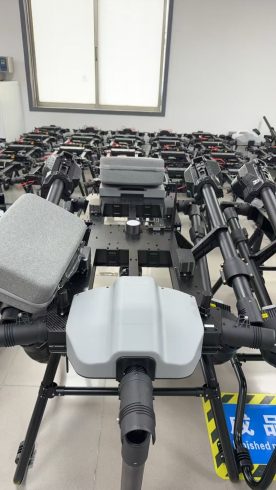
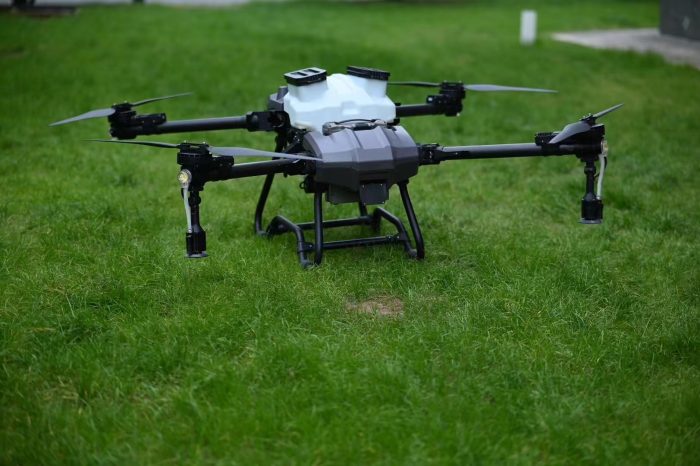
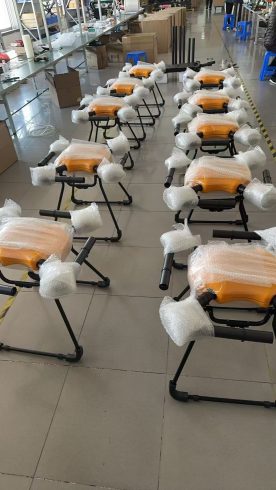
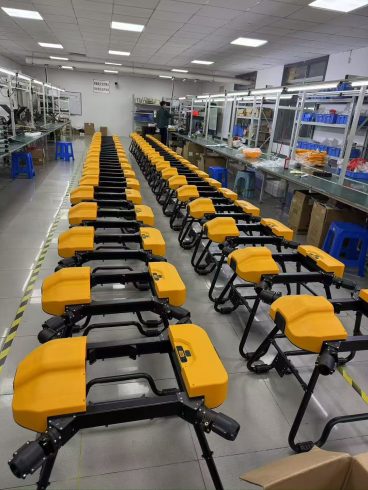


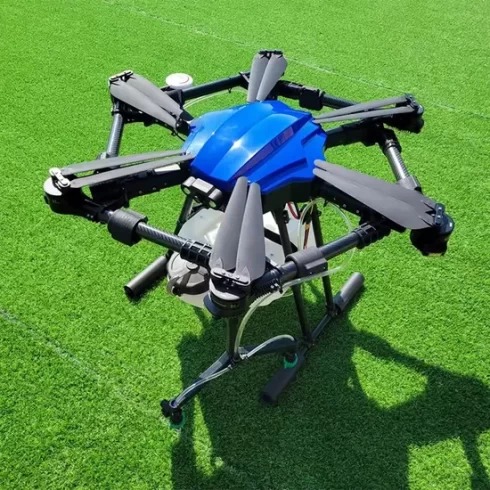


暂无评论内容